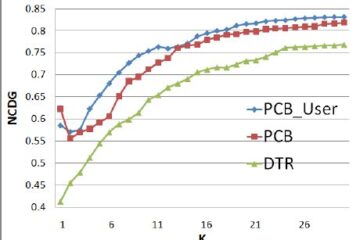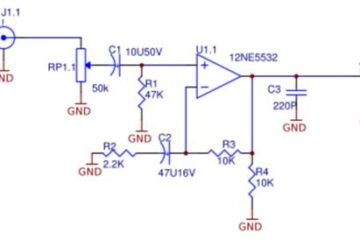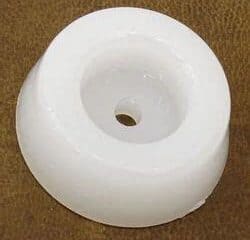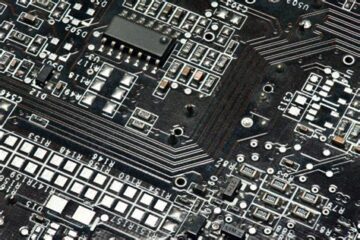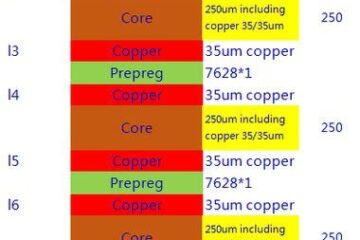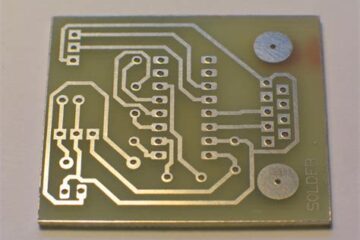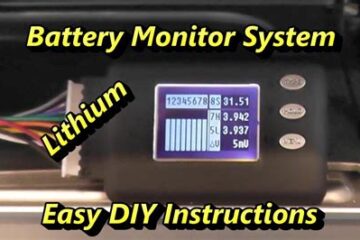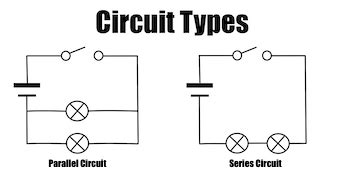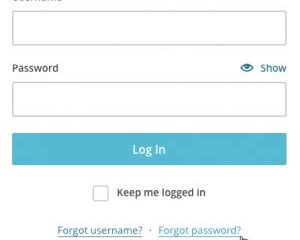PCBA
China PCB Industry Ranking & Domestic PCB Enterprise Ranking
Introduction to the PCB Industry in China The Printed Circuit Board (PCB) industry is a crucial component of the electronics manufacturing sector, and China has emerged as a global leader in PCB production. With a rapidly growing domestic market and increasing export demand, the Chinese PCB industry has experienced significant growth in recent years. This article aims to provide an overview of the China PCB industry ranking and the domestic PCB enterprise ranking. Request PCB Read more…
